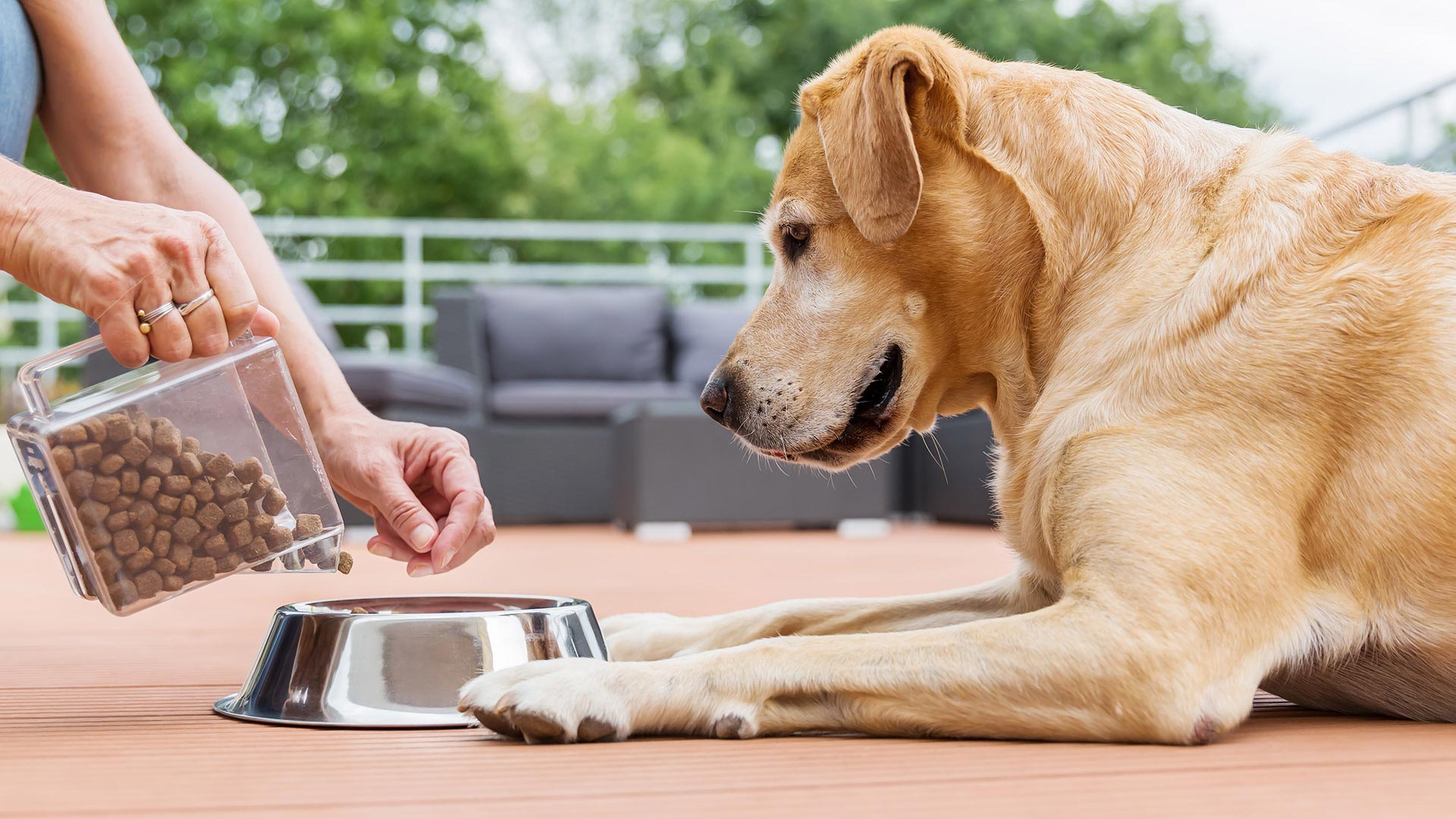Choosing the right pet food for your furry friend can be overwhelming with so many options available. Your pet’s nutrition is important for their overall health and well-being, and selecting the right food can be a daunting task. Here are some tips on how to choose the right pet food.
Determine Your Pet’s Nutritional Needs
The first step in choosing the right pet food is to determine your pet’s nutritional needs. Your pet’s age, breed, activity level, and any health conditions should all be taken into consideration. Puppies and kittens have different nutritional needs than adult pets, and senior pets may require a different diet as well. Some breeds may be more prone to certain health conditions, and their diet may need to be adjusted accordingly. Consult with your veterinarian to determine your pet’s specific nutritional needs.
Look for High-Quality Ingredients
When selecting pet food, it’s important to look for high-quality ingredients. The first ingredient on the label should be a high-quality protein source, such as chicken, fish, or lamb. Avoid foods that contain by-products or fillers, such as corn or wheat. Look for foods that are made with whole ingredients and are free from artificial preservatives, flavors, and colors.
Check for Nutritional Adequacy
When selecting pet food, make sure it meets the nutritional adequacy standards set by the Association of American Feed Control Officials (AAFCO). This ensures that the food meets minimum nutritional requirements for your pet’s age and life stage. Look for a statement on the label that says the food meets AAFCO nutrient profiles for all life stages or is intended for a specific life stage.
Consider Your Pet’s Preferences
Just like humans, pets can have their own preferences when it comes to food. Some pets may prefer dry food, while others may prefer wet food. Some may have a preference for a certain flavor or texture. Take your pet’s preferences into consideration when selecting their food, as they are more likely to eat and enjoy it.
Watch Out for Allergies or Sensitivities
Some pets may have allergies or sensitivities to certain ingredients in their food. Common allergens include wheat, corn, soy, and beef. If you notice that your pet has symptoms such as itching, vomiting, or diarrhea after eating, they may have a food allergy or sensitivity. Consult with your veterinarian to determine the cause and make any necessary dietary changes.
Consider Your Budget
The cost of pet food can vary greatly depending on the brand and type. It’s important to consider your budget when selecting pet food, but keep in mind that cheaper options may not always be the best choice. Look for high-quality options that fit within your budget and consider buying in bulk to save money in the long run.
Take Portion Control into Consideration
Portion control is important for maintaining a healthy weight in your pet. Make sure to follow the feeding instructions on the label and measure out your pet’s food to ensure they are getting the appropriate amount. Overfeeding can lead to obesity and other health problems, so it’s important to monitor your pet’s food intake.
Choose Age-Appropriate Food
As mentioned earlier, puppies and kittens have different nutritional needs than adult pets, and senior pets may require a different diet as well. Look for food that is specifically formulated for your pet’s age and life stage to ensure they are getting the appropriate nutrients.
Read Reviews and Do Your Research
Before selecting a pet food, read reviews and do your research. Look for reviews from other pet owners, as well as information from reputable sources such as the AAFCO or the American Veterinary Medical Association. This can give you a better understanding of the quality of the food and its effectiveness in meeting your pet’s nutritional needs.




